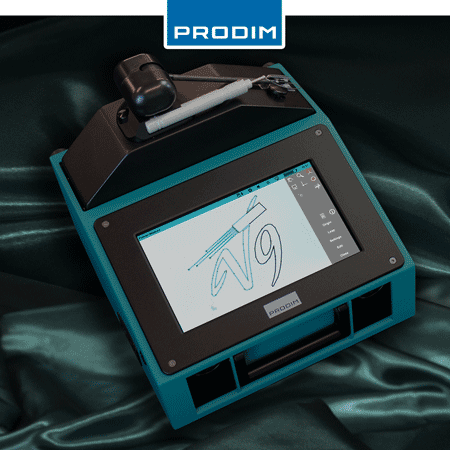Mid-Race Check In: Glazing, Racing and Continued Focus
Each year is like a racetrack
I started the year writing about embracing challenges, setting new goals and strategic adaptation. While each year holds surprises that require some change, 2025 has had several in its first half—from proposed expansions in model building codes to how the glass industry is being called on to respond to shifting global trade policies and regulations.
So what’s in store as we move into the back half of 2025? How can we plan ahead to stay in the lead?
A few years ago, I made the comparison that each year is like a racetrack. I still believe this. But as any good driver may tell you, you have to focus on the race you are in, which means planning these strategies in response to your environment.
Let’s break it down.
Know the track: Adapting to national and international changes
The recent volatility around tariffs and foreign exchange rates has impacted a large number of domestic and international companies in the glass industry and beyond, causing many to reevaluate their positions. Domestically, construction starts and spending have slowed or declined, according to the Associated General Contractors of America and the US Census Bureau, confirming forecasts from American Institute of Architects and other sources. Further, the U.S. Green Building Council recently launched the new version of the LEED green building program—focusing on decarbonization, quality of life and resilience.
Are we adapting our strategies to meet these market conditions? How can we in manufacturing pivot to better support architects, designers and glaziers?
The answer is to be mindful of the full track, not just the asphalt we are on now. For instance, at Technical Glass Products (TGP), we are expanding the number of environmental product declarations (EPDs) for our systems to support architectural teams now and in the future. And Tim Donaldson, architectural services manager at TGP, has been presenting on unique fire-rated and non-rated glazing applications—most recently for an AIA-registered course on how to use curtain walls and channel glass to create innovative facades.
These are just a couple ways we are minding the full course and the part of the track we are currently barreling down.
Focus on the race in progress: Engaging with the industry
A successful race also involves responding to the other drivers on the racetrack. Each year, we have several opportunities to connect with other glazing manufacturers—from Mid-Atlantic Glass Expo, Glass TEXpo and AIA a few weeks ago to GlassBuild towards the end of the year.
At these events, we learn more about the possibilities within glass and the potential of new manufacturing technology. We also get to make the connections that drive the industry forward. And maybe that is where the racetrack metaphor breaks down a little—we are not racing to beat everyone else but to bring the entire industry across the finish line of better buildings.
Tune-up what is under your hood: Keeping employees front of mind
No matter how well you respond to the track and other drivers, you are bound to lose if your engine blows. In the glazing industry, our engines are the people that make up our teams. For those of us in leadership positions, planning strategic pit stops help make sure everyone is together.
Has everyone taken the time off they need to refocus and perform their best? Are we celebrating recent successes? Have we taken time to review, update, and adjust our objectives? Are we meeting as a team often enough or too often? Are we focusing on decisions, problem-solving and collaboration or just providing status updates?
While so much of the glass industry involves solving challenges, it is important not to lose sight of the human hands that select the raw materials, fabricate the system, package and install it. Taking time to check in with the people on your team not only helps keep morale up, but it can also help everyone recharge and be more focused on the details to mitigate risks of oversight.
Understanding the Zen of the racetrack
Racing is not all burning rubber and lightning fast reflexes. As Jim Clash wrote in Forbes late last year, focus is often the key that starts your engine and helps you take curves at 170 miles per hour.
Regardless of the car shaking and the bumpy road, focusing on when to make a pit stop and which adjustments to the car are right can lead a driver across the finish line in record time.
But focus can mean different things depending on the industry and the people involved. For me, focus means being present with those on your team, taking time to understand where the industry is going and thinking globally about how to solve challenges that have yet to surface.
What does it mean to you?


